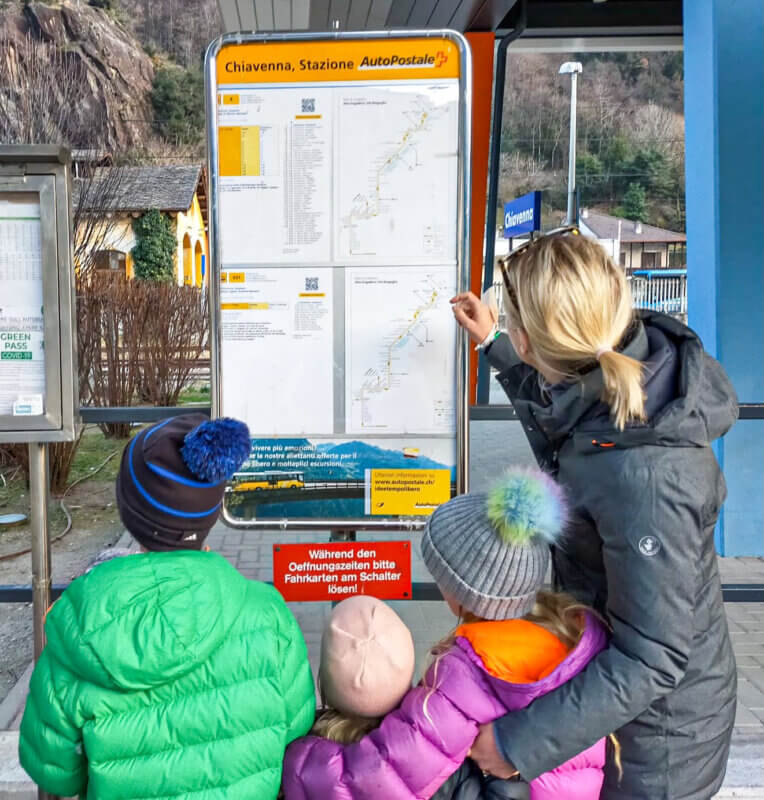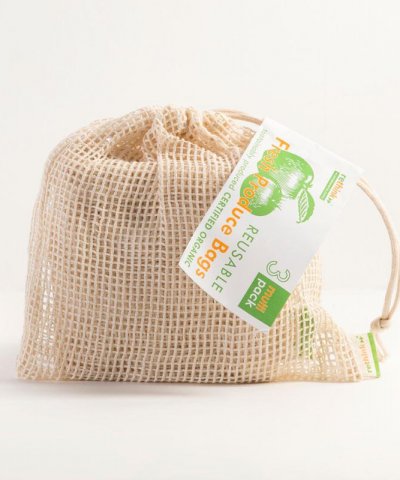Community, Home & Living, Lifestyle, Sustainability, Waste free, Wellness, Words from Juliet Dale - The Great Eco Journey
What is Slow Travel and how to do it – from Juliet at The Great Eco Journey
Will 2022 be the year that we can start travelling internationally again? Visiting loved ones abroad just because we want to? Smelling and tasting exotic cuisines? Discovering new languages and new friends?
While many of us are all ready and rearing to get our itchy feet exploring again, there have definitely been some major environmental perks that have come with the decline of travel and tourism since 2020. There is no denying that typical travel comes with a tirade of environmental issues, such as:
- Greenhouse gas emissions (mostly from transportation)
- Overconsumption in places where resources are already scarce
- Increase in pollution
- Destruction of flora and fauna
- Increase in waste
- Interference with wildlife
The big question is: Can we explore our planet without harming it? My answer: Slow Travel.
So what actually is Slow Travel? In a nutshell, Slow Travel is an approach to travel that focuses on connection: to local people, cultures and the environment. It replaces the fast-paced “I’ve done Rome” style of travel with slower, more culturally authentic experiences. It respects people, places and the planet.

I am actually writing this from a small town in Northern Italy. My family have embarked on a one-year once-in-a-lifetime adventure. We are not really bucket-list kinda people, but if we were, this would be at the very top of it! We are in this town for six months, the children are attending the local school, where Jon and I are also volunteering part time. Right now, the older two kids are at school, and Jon and our youngest are at the local cafe which is directly under our apartment, drinking ‘doppio espresso’ and ‘latte caldo’ and probably chatting to the two baristas. We have only been here three weeks, but already we are learning some language, getting to know the locals and trying to live like those around us. We eat our main hot meal at lunchtime, we go to the local market on Saturdays, we buy our ‘panini’ fresh from the bakery each morning, we never say no to invitations.
Don’t get me wrong, it’s not the perfect picture that I am perhaps painting. At times it is exhausting trying to understand the speed-Italian spoken to us and figure out what is going on in new situations. There was also a terrible incident last week when I unwittingly broke the swimming pool rules and was full-blown told off (think ‘Headmaster’s office’) by the pool manager with a tirade of Italian (I picked out some words like “DISASTRO!”, “MUMMA MIA!” and “RIDICOLA!”). But despite the tricky moments, we feel like we, and especially our kids, are gaining experiences, knowledge and friendships that will give them so much more than a City Bus Tour (City Bus Tours definitely have their place too though).
Slow Travel is not exclusive to international travel. All the principles of Slow Travel also apply to travel in our own backyard. We can explore our own stunning country with a slower, more authentic approach. In fact, in many ways, it is easier without the language and cultural barrier.
Here are ten ways to embrace Slow Travel.
1. Tweak your mindset. More than anything, Slow Travel is about a different approach to tourism. It’s the idea that the quality of your experience is more important than the quantity of your experiences. So first and foremost… S L O W D O W N. Do you want to see fourteen cities in fourteen days (that’s not an exaggeration – I used to be a Contiki Tour Guide, and we genuinely had a tour that visited fourteen cities and ten countries in two weeks)? Or do you want to feel like a local? Actually get to know the places, the people and the customs? You don’t have to travel for months to do this, you just need to think about your priorities when planning your itinerary: hone down your ‘to see’ list to one or two key places, and wait for your true travel experience to unfold.
2. Experience-based activities. Do things that you’ll remember. If you had the choice between visiting a famous building or attending a local wedding, which would you go for? Ok, so you can’t just rock up to a wedding… but that’s kind of the point! Slow travel is about taking time to get to know people, valuing connections and authentic experiences. It means getting out of your comfort zone a little, talking to people, trying new things and taking risks.
3. Reduce the impact of flying. Obviously, coming from New Zealand, if we are travelling internationally, our options are limited, but there are still things we can do to reduce our carbon footprint when it comes to flying. Opt for direct flights (takeoffs and landings cause most of a plane’s carbon emissions), look for sustainable airlines and fly economy class (flying business/first class means you have more space per passenger which can result in a five times larger carbon footprint, oh and it costs a bomb). Finally, offsetting emissions is not the ultimate solution to aviation emissions, but it’s better than NOT offsetting them.

4. Alternative transportation. Once you’ve arrived at your destination, or if you are travelling domestically, consider other methods of transport. Depending on how many of you there are, car-sharing could make sense (financially and environmentally). Trains, busses and ferries are often the most sustainable options and are a great way to see the sights as you get from A to B. When travelling locally, go on foot or bike whenever possible, or brave public transport! There are lots of things to consider when it comes to getting around and you can’t always be perfect, but it’s well worth weighing up your options.
5. Eating out. Eat at locally-owned restaurants and cafes, and ensure that your money is going straight back into the local economy. Not only will you get the tastiest, most authentic food, but it’s a great way to meet locals, and to really throw yourself into the cultural experience of the places you are travelling to. We always look for eateries that are busy with locals. What’s the point of travelling halfway around the world to get a Big Mac with extra fries? Oh and don’t forget your reusable cup!
6. Support local. Buy locally grown food and shop in local markets. Drink ‘near beer’ or near-wine/cider/juice… whatever your tipple of choice (by ‘near beer’ I mean beer that is made near/close by, I don’t think it’s an official term, but I like it!). Buy gifts made by local artisans.
7. Pack light. The more you pack, the more you weigh. The more you weigh, the more your carbon footprint!
8. Take some low-waste essentials. Packing a reusable water bottle, a reusable cup, a reusable bag, lunch box and a small mending kit will mean you can cut down on waste when you travel. There are plenty more options too, like straws, reusable bamboo cutlery & stainless steel sporks, solid shampoo and conditioner, Mooncup menstrual cup, bamboo toothbrush… I even brought a lightweight bamboo soap dish and stainless steel pegs! Pick the ones that you’ll get the most use out of.
9. Accommodation. Look for locally owned accommodation (including guesthouses, hostels, hotels, B&Bs, Couchsurfing, WOOFing and home-stays). Check the sustainability initiatives of hotels and other larger-style accommodation. Or go wild and camp
10. Responsible wildlife tourism. When it comes to anything to do with animals and nature, make sure you are partaking in activities that protect global biodiversity, safeguard habitats, and prioritise animal welfare. Avoid buying wildlife souvenirs. Do your research and ask for advice from trustworthy locals.

We are learning more and more about Slow Travel as we go, and the more we do it, the more it just makes sense! Two days ago we were invited to taste homemade wine in a ‘crotto’ (cave in the side of a mountain that acts as a natural refrigerator) and yesterday our son was asked if he’d like to play in a local football team. The baker gives us three extra mini bread rolls every day for the kids, and last night Jon was invited out for what he thought was a drink with a local, but turned out to be the townsmen’s choir practice! It was one of the most unique and moving experiences of his life. These are the sorts of experiences and connections that imprint on your soul and remain with you for a lifetime.
Only time will tell if 2022 sees us all travelling the world again, but if it does, I hope we can push the reset button and do it differently this time. Let’s skip the tacky souvenir shops, fast and furious tours, the sightseeing marathons and the elephant rides, and embrace slow travel!
You can follow Juliet and her family’s slow travels at The Great Eco Journey and on Instagram & Facebook
Note: This blog is being written in early 2022, as the world enters its third year of the Covid-19 pandemic, hence the references to closed borders and lack of international travel. Hopefully, if you are reading this in the years beyond 2022, you will be thinking to yourself – “oh yes, 2022: that’s the year that the pandemic ended!” We are hopeful that it is nearing its end, but we have been hoping that for two years now!
Some of Juliet’s favourite low-waste travel essentials:
Daily Good Wooden Soap Keepers (was Little Bit Daily)
It may sound weird bringing a soap dish travelling… especially when you’re trying to pack light! I actually brought two of these because I knew I would need them for my shampoo and conditioner bars, soap, face wash bar and kids’ shampoo bar. They’re super light-weight and have been in constant use.
If you or your family are avid straw-users, why not bring your own? I have a couple in my handbag to use on-the-go.
These are light-weight and keep your toothbrush nice and clean in your toilet bag.
A bamboo toothbrush is an awesome waste-free basic for home and travelling.
$10 or less
Bringing a couple of reusable bags and reusable produce bags is a nice easy way to cut back on waste while you’re travelling.
There’s no way I’d travel without my Mooncup, one of the best eco-swaps I’ve ever made.





